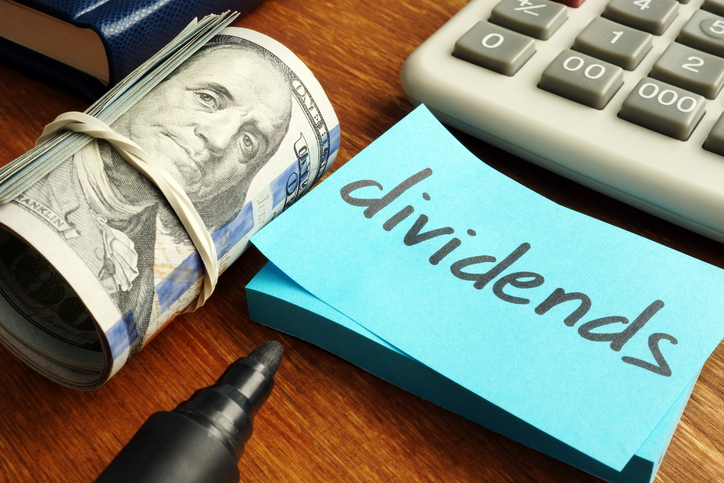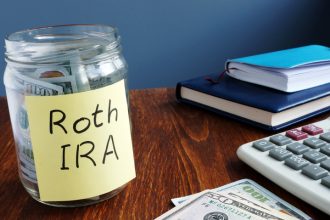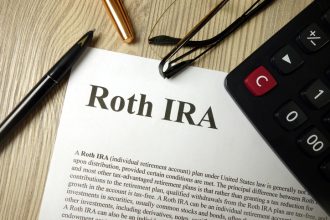Retiring early is possible for many people, but it requires smart planning and reliable income sources. Dividend-paying investments offer one path by providing consistent cash flow while still allowing your portfolio to grow. By reinvesting dividends during your working years and later using them to cover living expenses, you can bridge the gap to early retirement. Understanding how dividends work and how to use them effectively can be the key to reaching financial independence sooner. A financial advisor can help you design a dividend strategy that fits your retirement goals and income needs.
How Dividend Investments Work
At their core, dividend investments are about sharing in a company’s profits. When a business earns more than it needs to reinvest in operations, it may distribute part of those earnings to shareholders in the form of dividends. Investors who own dividend-paying stocks receive these payments, typically quarterly, directly into their brokerage accounts. This steady cash flow can provide an important income stream for those planning to retire early.
Dividend yield is one of the most important measures to evaluate when considering dividend investments. It shows how much income you can expect relative to the stock price, expressed as a percentage. For example, a stock priced at $100 with a $4 annual dividend has a 4% yield. While a higher yield can be attractive, it’s also important to look at whether the company can maintain those payments over time. Unusually high yields may signal financial trouble.
Many investors choose to reinvest their dividends rather than take them as cash, especially in the years leading up to retirement. Through dividend reinvestment programs (DRIPs), payouts automatically purchase additional shares. Over time, this compounding effect can significantly grow both your portfolio value and your future dividend income. For those targeting early retirement, reinvestment can help accelerate the process of building a reliable income base.
How to Use Dividends to Speed Up Your Retirement

Dividends can play a central role in creating a reliable stream of passive income that accelerates your path to retirement. By focusing on companies with a history of consistent dividend payments, you can establish a portfolio that generates cash flow without requiring you to sell shares. This income can be reinvested to grow wealth faster during your working years and later redirected toward living expenses once you retire.
One of the most effective ways to use dividends for early retirement is to reinvest them. Through dividend reinvestment plans, every payout buys more shares, which in turn produce their own dividends. Over time, this compounding effect can significantly increase both your account balance and your future dividend income, reducing the amount of personal savings you’ll need.
When selecting dividend stocks, it’s important to balance current yield with the potential for dividend growth. A moderate yield from a company that steadily raises its payout may be more sustainable than a company with high yields that could be at risk. Investors who focus on both income today and growth over time can better position themselves to achieve financial independence sooner.
For those aiming to retire well before traditional retirement age, dividend income can help bridge the gap until you can access retirement accounts like a 401(k) or IRA without penalties. By carefully estimating your annual expenses and matching them with projected dividend income, you can create a realistic plan for leaving the workforce earlier.
Is It Possible to Live Off of Dividends in Retirement?
Dividends can provide a predictable stream of income that may cover expenses such as housing, groceries and healthcare. This approach can also preserve your principal, allowing your portfolio to continue generating income for years to come.
Whether you can live off dividends depends largely on the size of your portfolio, the average yield of your investments and your personal spending needs. For example, a $1 million portfolio earning a 4% average yield would produce about $40,000 annually before taxes. If your expenses are lower than that, dividend income alone may be sufficient. If not, you may need additional income sources, a larger nest egg, or a less costly lifestyle.
While dividends can be a steady source of income, they are not guaranteed. Companies can reduce or eliminate dividend payments during economic downturns or in cases of financial stress. Inflation can also eat into the purchasing power of fixed dividend payouts over time. To manage these risks, many retirees build diversified portfolios that balance dividend stocks with other investments, such as bonds or growth equities.
Relying only on dividends can be difficult, but using them as part of a retirement income plan is realistic. Dividends can add to withdrawals from retirement accounts, Social Security, or pensions, creating a more stable financial base. Combined with other income sources, dividends provide regular cash flow while allowing the portfolio to keep growing.
Tips for Living Off of Dividends in Retirement
Living off dividends in retirement will require you to balance steady income with growth and prepare for risks. Here are four general tips you may consider:
- Diversify across sectors: Relying too much on one industry, like energy or utilities, can hurt your income if that sector struggles. Holding dividend stocks from different industries and regions can make your income steadier and reduce big losses.
- Focus on dividend growth, not just yield: High yields may seem attractive but can indicate financial weakness. Companies with a consistent history of raising dividends are often better positioned to provide income that keeps pace with inflation.
- Use a DRIP: During your accumulation years, reinvesting dividends allows your portfolio to grow faster through compounding. Once you retire, you can switch to taking dividends as cash to fund living expenses without selling shares.
- Maintain a cash cushion: Even reliable dividend payers may cut payouts in tough markets. Holding a year’s worth of expenses in cash or short-term bonds provides a buffer so essentials can be covered without selling investments at an unfavorable time.
Bottom Line

Dividend investments can support financial independence and early retirement, but they work best as part of a broader plan. Focusing on sustainable yields, reinvesting dividends and diversifying can create an income stream that supports your lifestyle without quickly depleting savings. While living only on dividends may not be realistic for everyone, they can add stability and flexibility when moving into retirement.
Investment Planning Tips
- A financial advisor can help you create a retirement plan that balances dividends, savings and other income sources to support your goals. Finding a financial advisor doesn’t have to be hard. SmartAsset’s free tool matches you with vetted financial advisors who serve your area, and you can have a free introductory call with your advisor matches to decide which one you feel is right for you. If you’re ready to find an advisor who can help you achieve your financial goals, get started now.
- If you want to diversify your portfolio, here’s a roundup of 13 investments to consider.
Photo credit: ©iStock.com/designer491, ©iStock.com/Piotrekswat, ©iStock.com/nespix
Read the full article here














